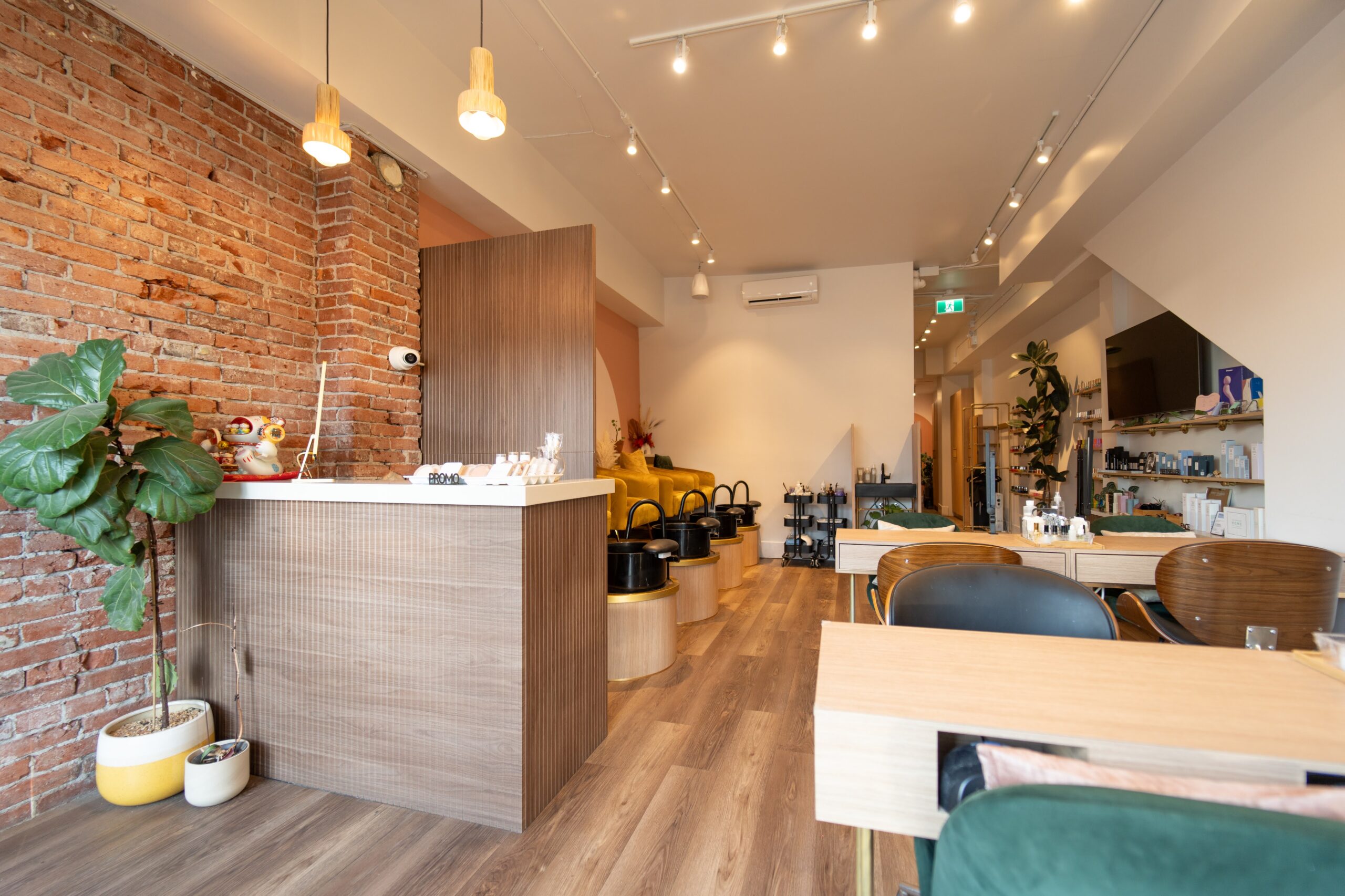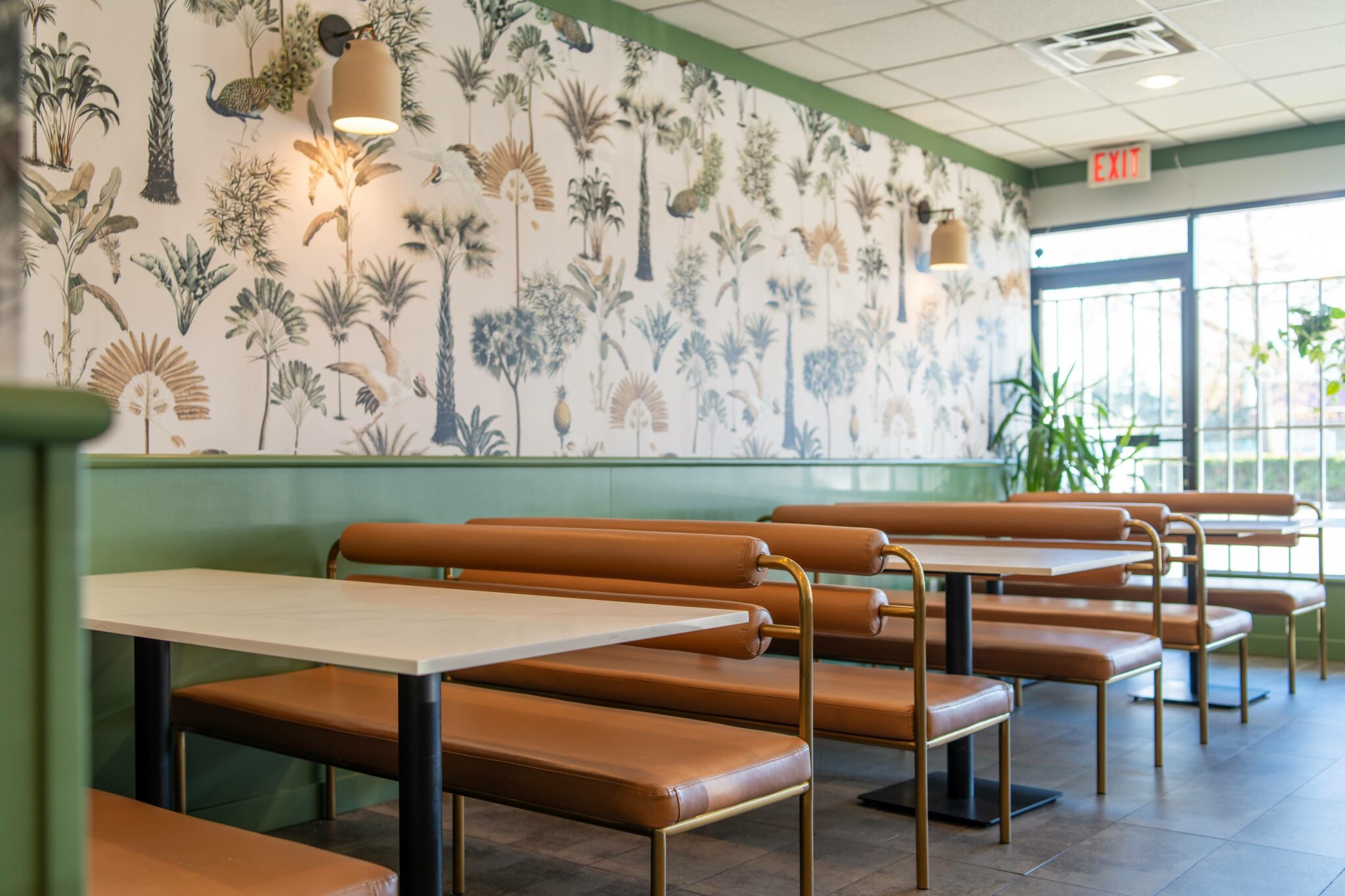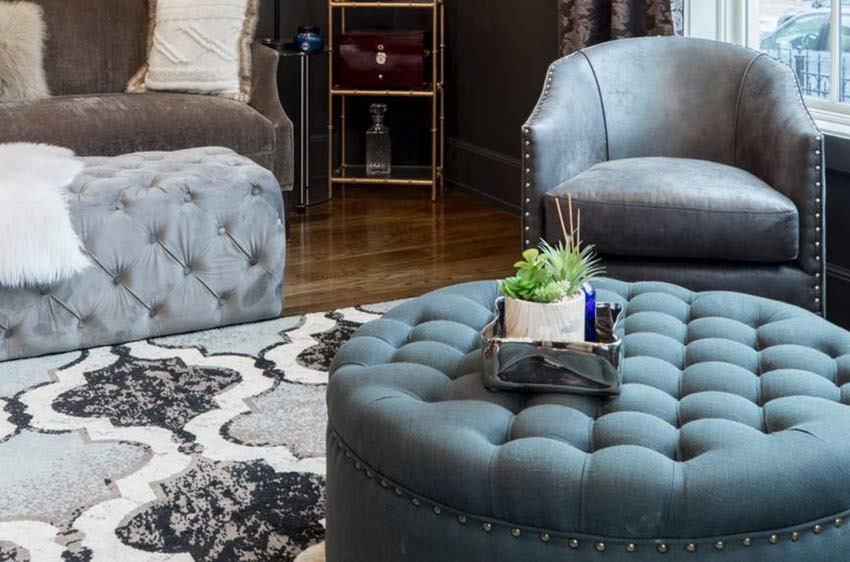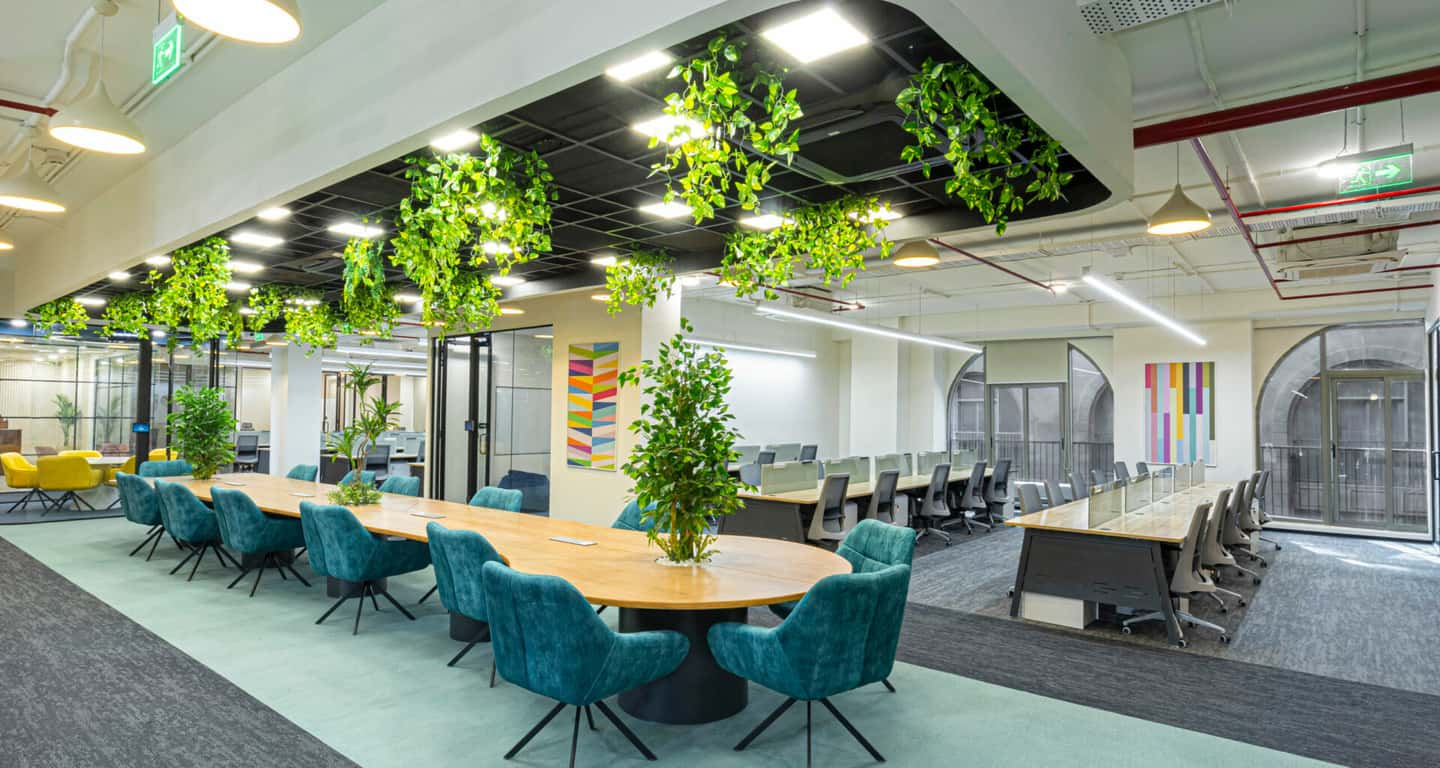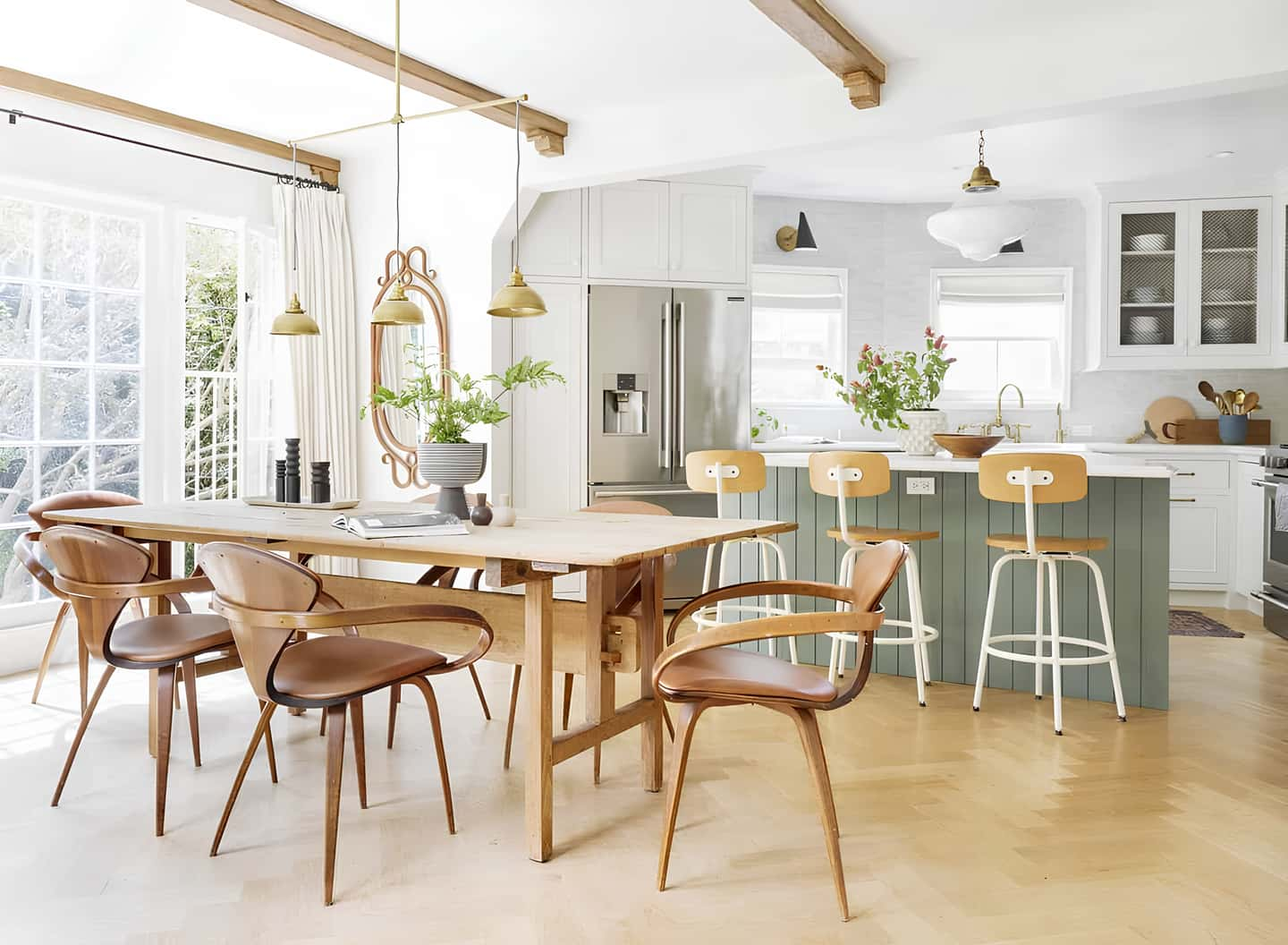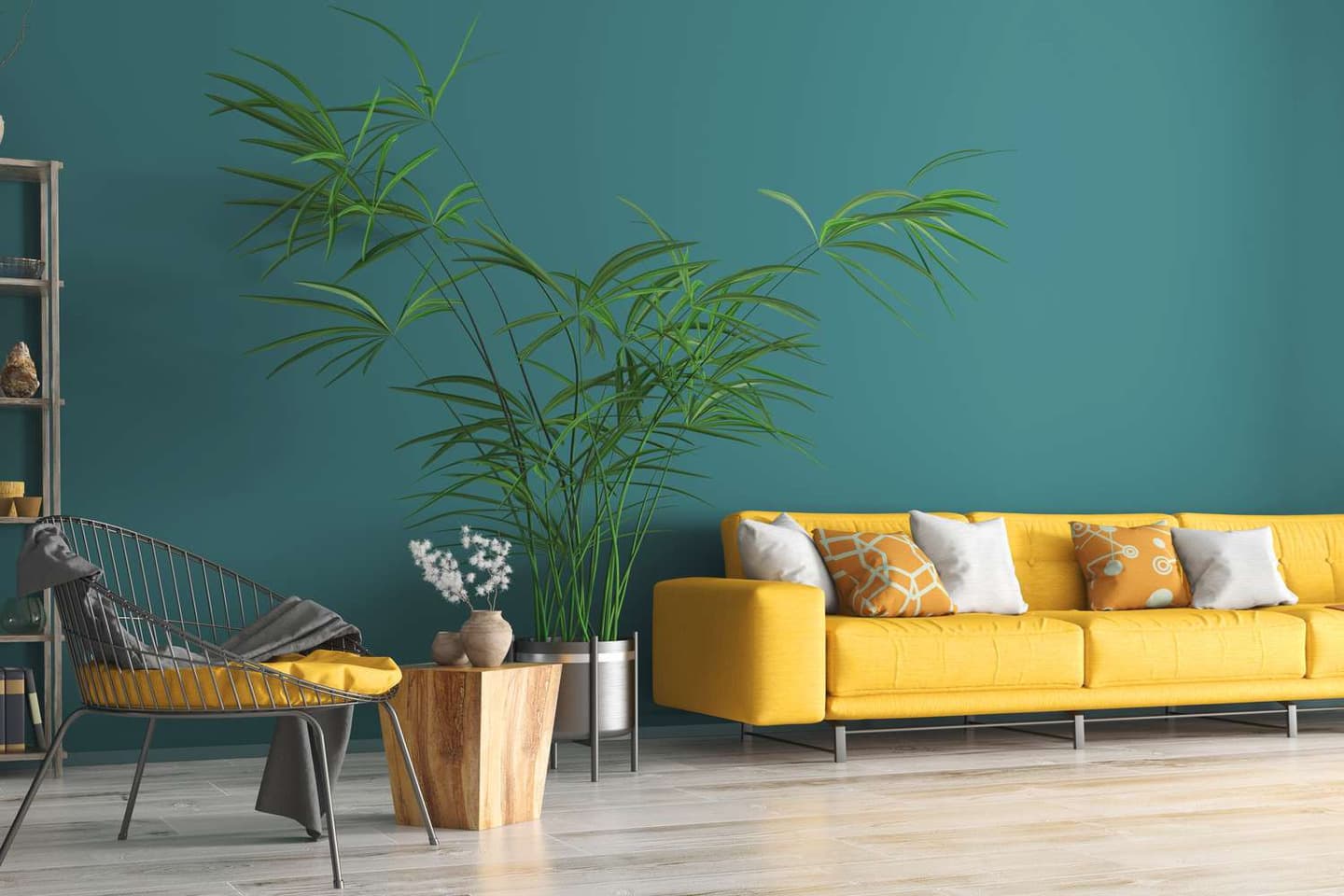
How Important is Interior Design for Commercial Businesses?
Introduction
Commercial interior design is an art that combines aesthetics, functionality, and psychology to create spaces that not only look great but also work efficiently and resonate with the people who use them. It goes far beyond choosing color palettes and furniture—it’s about crafting experiences and shaping perceptions that can ultimately drive a business’s success. In this article, we explore how thoughtful interior design impacts every facet of a commercial enterprise.
Creating a Lasting First Impression
When customers walk through your door, the immediate environment sets the tone for their entire experience with your brand. A well-designed interior can convey professionalism, evoke emotions, and communicate your business’s values. For instance, a warm and inviting cafe interior can make customers feel at home, prompting them to stay longer and return more often. Conversely, a cluttered and outdated space may turn potential clients away.
Consider the transformation of a once-dingy retail store that, with the help of an expert design team, was turned into a bright, modern space that attracted a broader clientele. The new design improved traffic flow and showcased products more effectively, leading to increased sales. To make an entrance area impactful, focus on clear signage, ample lighting, and a layout that naturally guides visitors into your space.
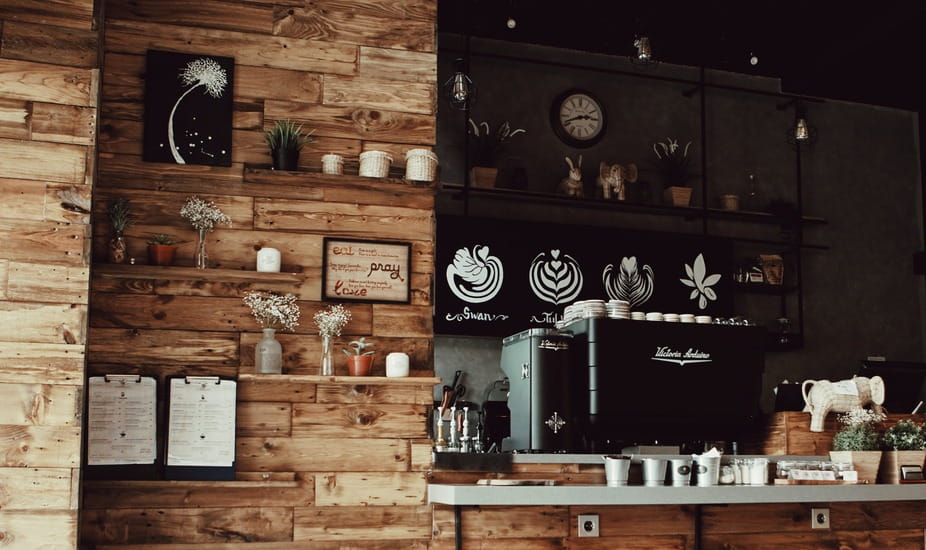
Interior Design as a Branding Tool
Your commercial space is a physical extension of your brand, and every design choice should reflect that. For example, a tech company might opt for a sleek, minimalist design to underscore its focus on innovation. Strategies for brand consistency include using company colors, displaying logos prominently, and choosing decor that aligns with your brand’s tone and message.
Some businesses go further by creating unique design elements that become synonymous with their brand, such as a distinctive seating area or a custom mural. These features can become landmarks and talking points that reinforce brand identity.
Enhancing Employee Satisfaction and Productivity
The design of a workplace can significantly impact the morale and efficiency of employees. An office that provides a variety of workspaces, from quiet areas for focused tasks to open spaces for collaboration, can boost productivity. Natural light, ergonomic furniture, and greenery are other elements that contribute to employee well-being.
When companies involve their employees in the design process, they often find that the feedback leads to a workspace that better supports the needs of the team. This can result in increased job satisfaction and reduced turnover.
Maximizing Space and Functionality
Space optimization is crucial, especially in high-rent urban areas where every square foot counts. Designers use techniques such as multi-functional furniture and smart storage solutions to make the most of available space. Each type of commercial business, from healthcare facilities to fitness centers, requires a tailored approach to design that addresses industry-specific needs.
The challenge is to balance visual appeal with practicality. In a restaurant, for instance, the layout must accommodate a smooth flow of service while creating an inviting atmosphere for diners. This requires a deft touch from experienced designers who understand the nuances of commercial spaces.

Conclusion
Interior design is more than just an aesthetic choice—it’s a strategic business decision that can have a profound effect on customer impressions, branding, employee satisfaction, and space efficiency. Remember, investing in design is not an expense but a means to enhance the overall performance and perception of your business.
Ark and Mason, located in the vibrant city of Vancouver, understands the intricate role interior design plays in fostering community and strengthening business success. As a commercial interior design and construction firm, we’ve seen firsthand how our design and construction management services can transform spaces. Whether it’s for office, healthcare, fitness, retail, restaurant, institutional, or multi-residential environments, we’re dedicated to creating meaningful spaces that go beyond aesthetics to provide functional, brand-centric environments.
FAQs on Commercial Interior Design
- How does interior design affect customer behavior in a retail setting?Interior design in retail can guide customer flow, highlight products, and create an environment that encourages purchasing. Strategic lighting, color schemes, and signage can draw attention to specific areas and merchandise, ultimately influencing buying decisions.
- Can good design impact the profitability of my restaurant?Absolutely. A well-designed restaurant creates an ambiance that enhances the dining experience, encouraging customers to spend more time and money. The layout is equally important for operational efficiency, ensuring that food and service flow smoothly.
- What design elements should I consider for my office to increase productivity?Consider incorporating natural light, comfortable and flexible workstations, communal areas for collaboration, and quiet zones for concentration. The color palette and decor should be calming yet invigorating to maintain energy levels throughout the day.
- How can I ensure my business’s interior design stands out among competitors?Partner with a design firm that understands your brand and can translate your identity into the physical space. Unique design features, custom artworks, and an experience tailored to your target audience can set you apart.
- Is it worth investing in high-quality materials and finishes for my commercial space?Investing in quality materials not only presents a professional image but can also be cost-effective in the long run due to their durability. High-quality finishes can withstand heavy use, reducing the need for frequent repairs or replacements.

